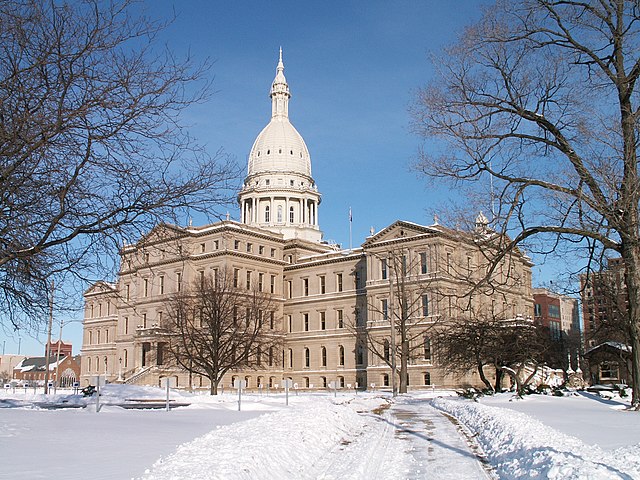Tag: state and local
-
Thirty-six candidates are running for nine spots on the Lansing Charter Commission on May 7

Thirty-six candidates are running for nine spots on the Lansing Charter Commission on May 7. The winners will be tasked with revising and rewriting Michigan’s state capital’s city charter over the coming years. Last November, Lansing voters approved a ballot question calling for the creation of the charter commission, with 52% voting in favor. The…
-
State, local governments in conflict over police budget reduction preemption laws

Various state and local governments have come into conflict over laws preempting municipalities from reducing their police department budgets. Preemption occurs when a law at a higher level of government is used to overrule authority at a lower level. In this case, several states have implemented legislation either prohibiting local governments from reducing their police…



